Understanding Racism in Social Context
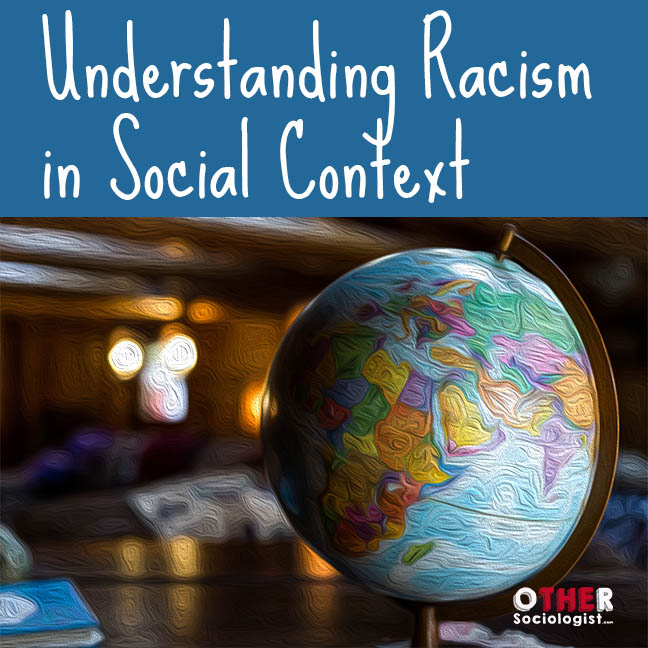


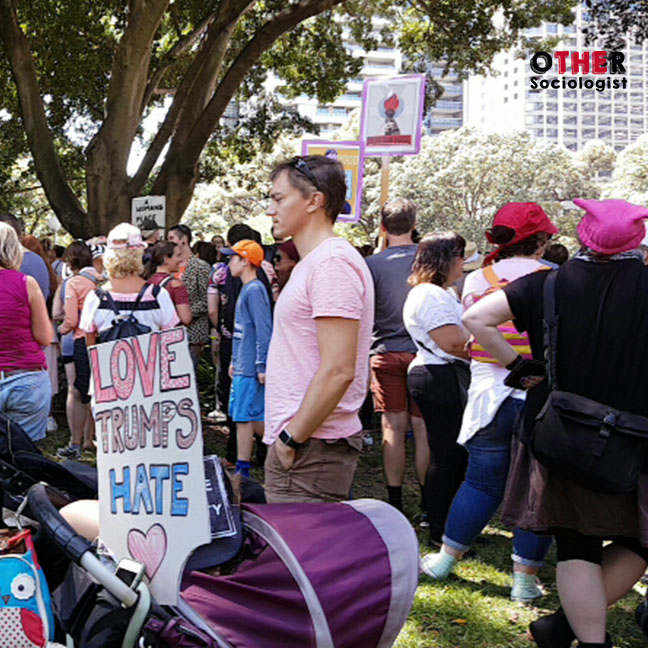
On the 21 of January 2017, I joined up to 10,000 Sydney-siders at the Women’s March, and 2.5 million people globally. I initially had reservations about the March. As I recounted last week, the march started as an idea by a woman activist in Hawaii and it was soon taken over by White women from Pantsuit Nation, a group that has no commitment to anti-racism. Bob Bland, a White woman from Washington, wanted to rectify the direction of the event and soon invited three women of colour to shape the Washington March: Tamika Mallory; Linda Sarsour; and Carmen Perez. The Women’s March Washington had a special focus on intersectionality; addressing how gender inequality is impacted by racism and other forms of discrimination such as homophobia, transphobia, ableism (the discrimination of people with disabilities), and more. The Washington March was the model for the other local and international marches. As more White women became involved in discussions at the national and international levels, this mission was drowned out. Women of colour were made to feel excluded from planning groups whenever the issue of intersectionality was raised.
So when the Sydney March was announced I first felt trepidation. As the final line up of speakers was announced, it became clearer that the Sydney organisers were making the event more consciously supportive of intersectionality. The organisers regularly focused their social media posts on inclusion, thereby reaffirming their commitment to diversity and inclusion. There were some limitations as I’ll discuss later. For example, transgender women seemed to lack representation amongst speakers at the event and best practice for the inclusion of women with disabilities may have been improved.
For me, the big draw card was Aboriginal activist, Jenny Munro, who has dedicated her life to advancing the human rights of Aboriginal people. Her activism and life’s work has a strong focus on Aboriginal sovereignty, children and housing. She leads the Redfern Tent Embassy and is a living legend. She did not disappoint; but I’ll get to that!
The day led to many useful discussions on diversity and how to disrupt patriarchy. I shared highlights of my day on Twitter and I bring these to you in this post as well as additional photos and video I wasn’t able to share on the day. The quotes are not strictly verbatim – treat them more as field notes to flesh out my visual sociology. I will also address the ongoing global conversations about the Women’s Marches and in particular, the critiques about the exclusion of women of colour, transgender women, sex workers and women with disabilities from various overseas events, with a focus on the USA. I’ll draw some qualified lessons on intersectionality from the USA to Australia and I wrap up with a discussion of why intersectionality is important.
This one minute video includes some of the footage I shot at the Sydney Women’s March and draws out the key lessons on intersectionality.
(Click to jump down to the video transcript.)
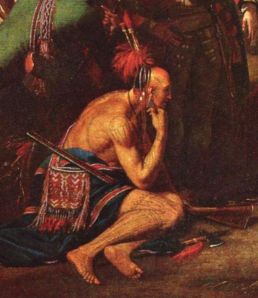
By Zuleyka Zevallos
I wanted to do a follow up on my post from a couple of months a go, on Hollywood racism. I analysed George Lucas’ claim that big Hollywood studios were reticent to back his film Red Tails because there were no white leading actors in the script. I used the idea of the Magical Negro Trope to explain how mainstream Hollywood films stereotype African-Americans as either thugs or benevolent, self-sacrificing figures who exist only to teach the white character a life-affirming lesson. I showed that this trope extends to other minorities who are people of colour, through the Noble Savage Trope. Today I want to focus on the sexualisation of Noble Savage trope. The Noble Savage is a term describing the over-simplified stereotype of Indigenous people on film. I will focus on gender and sexuality issues in big-budget Hollywood films depicting Indigenous and minority cultures during early colonial and “frontier” times.
Today I will draw a comparison between Avatar and other Hollywood films that depict Indigenous and minority women as savage conquests. Women in general are rarely cast in complex roles in big-budget Hollywood releases. They are usually romantic or sexual diversions to help portray the male lead in a sympathetic light. Minority women are even more simplified, especially in stories involving Indigenous cultures. Indigenous and women of colour exist largely as Magical Pixie Conquests: they are painted as feisty, though ultimately submissive, pawns that help white male characters to dominate the “native tribe”. The fictionalised version of the “Pocahontas” story epitomises how Hollywood both fetishes Indigenous cultures and perpetuates patronising postcolonial fantasies.
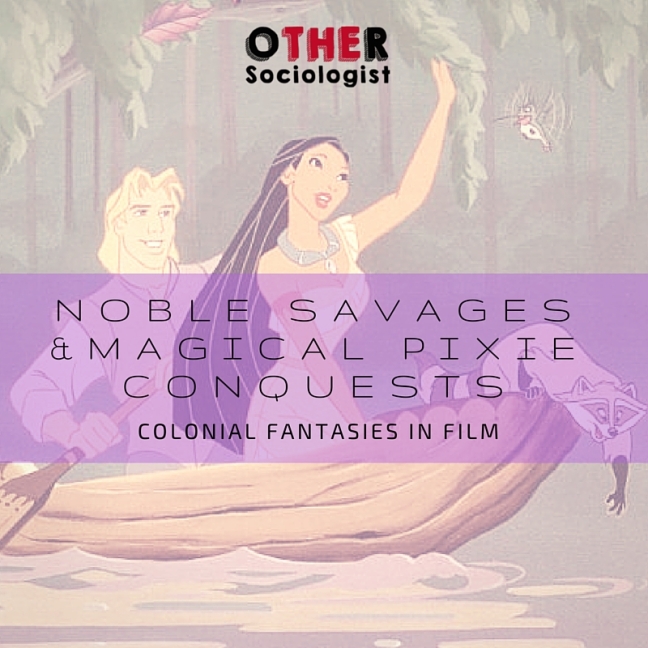
Continue reading Noble Savages and Magical Pixie Conquests: Colonial Fantasies in Film
By Zuleyka Zevallos
Adam Serwer reports in Mother Jones that George Lucas’ latest film, Red Tails had trouble getting made, partly because the “studios weren’t willing to finance a film without a white protagonist as an anchor”. Lucas’ claim can be put into wider historical context by examining the entrenched racist practices of big Hollywood studios. In particular, the idea of the “magical negro trope” puts things into perspective. This term refers to the way valiant Black characters in movies exist only as a narrative device to teach the white protagonist how to be a better person. This post explores variations of the “magical negro” and the gendered dimensions of these characters.
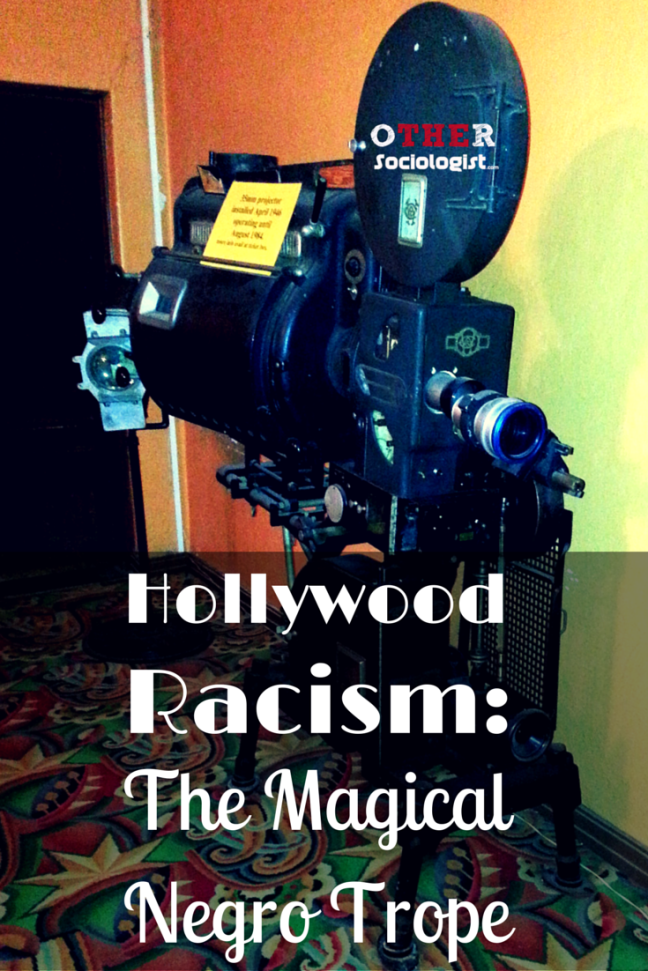

This is the third and final post in a series covering the lead up to the 10th anniversary of the September 11 attacks. This one focuses on news coverage; technology and social media issues; and media discourses about the so-called ‘Decade 9/11’ and ‘Gen 9/11’.
Continue reading The Wrap Up: Media Coverage of the 10th Anniversary of the September 11 Attacks